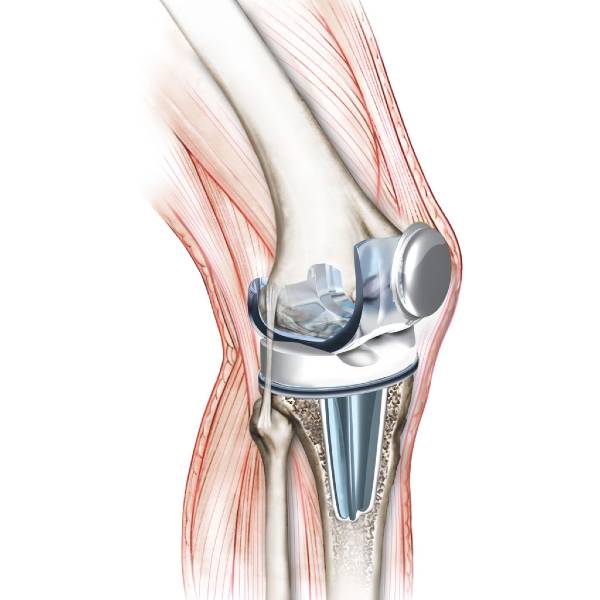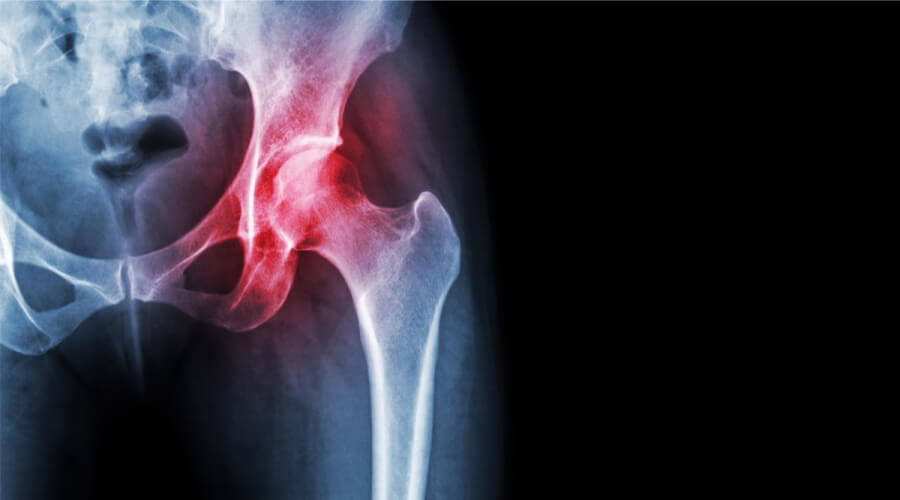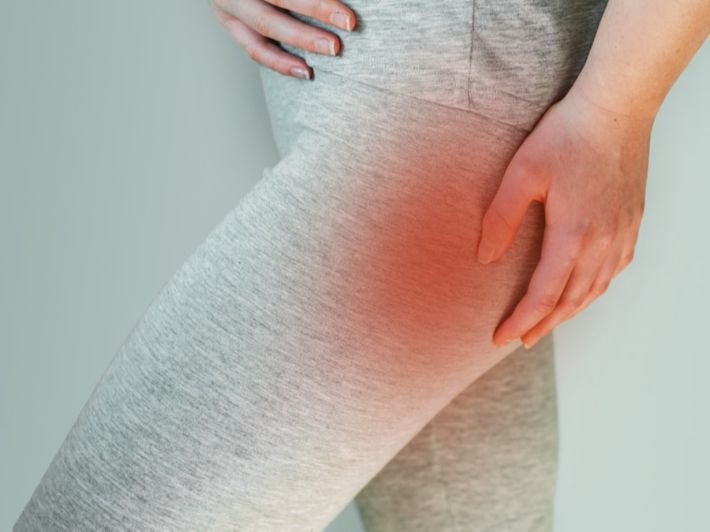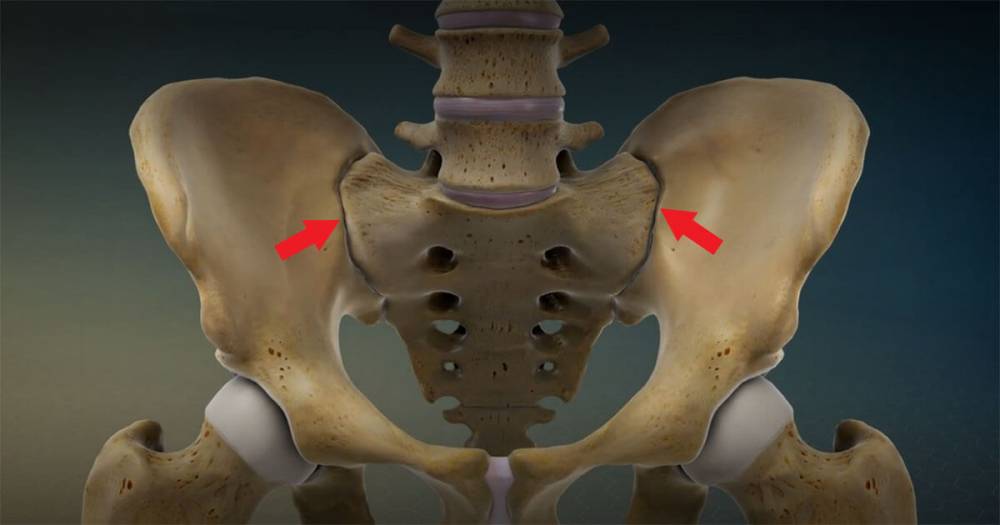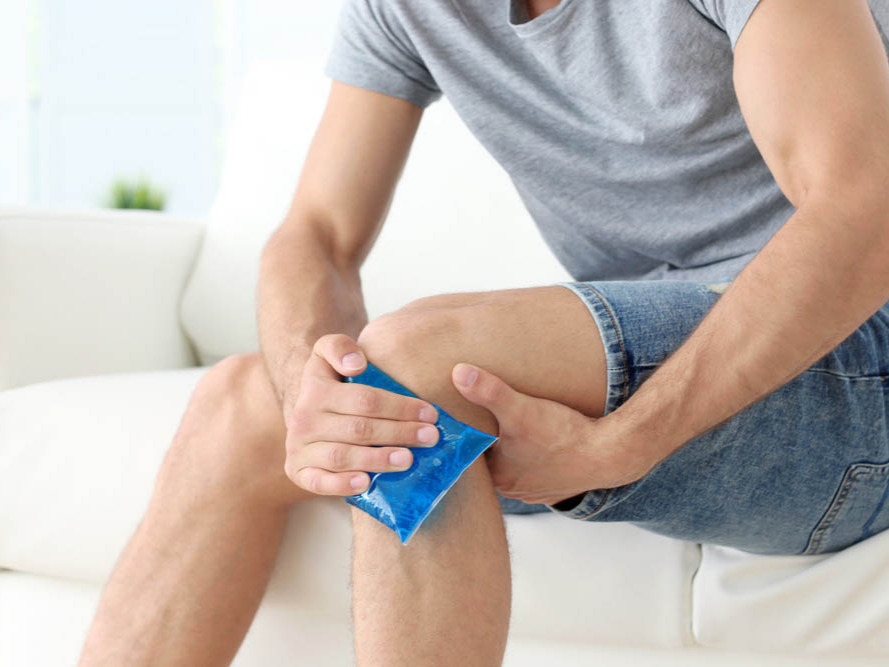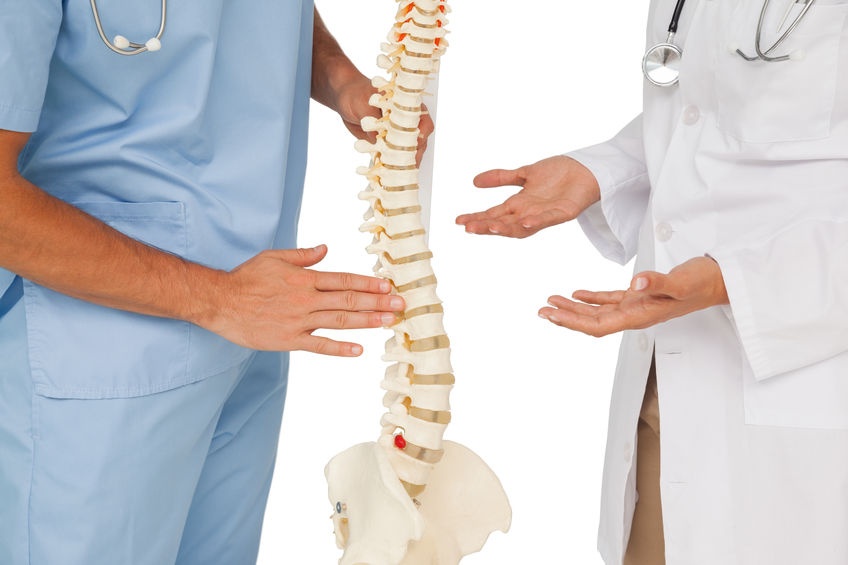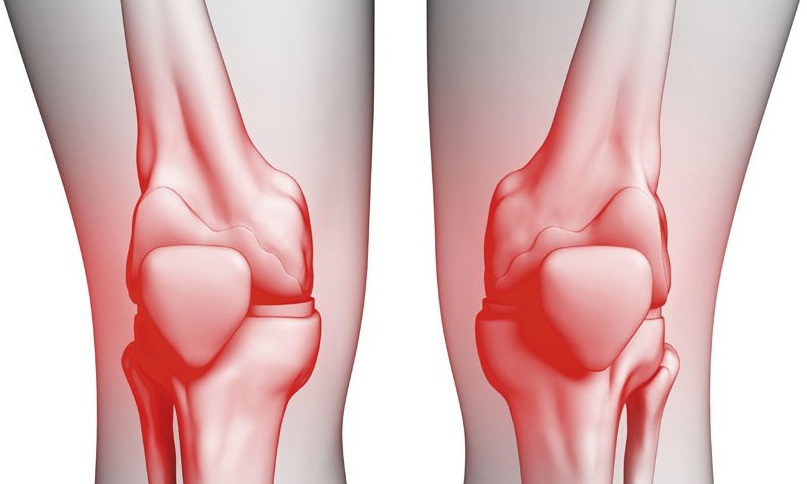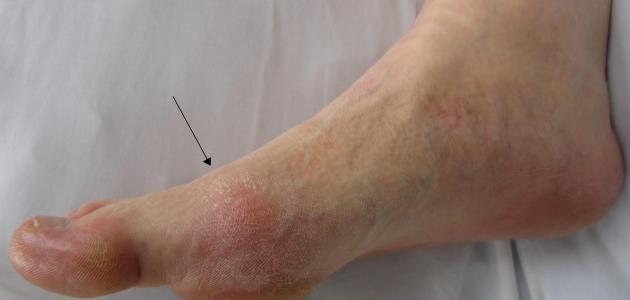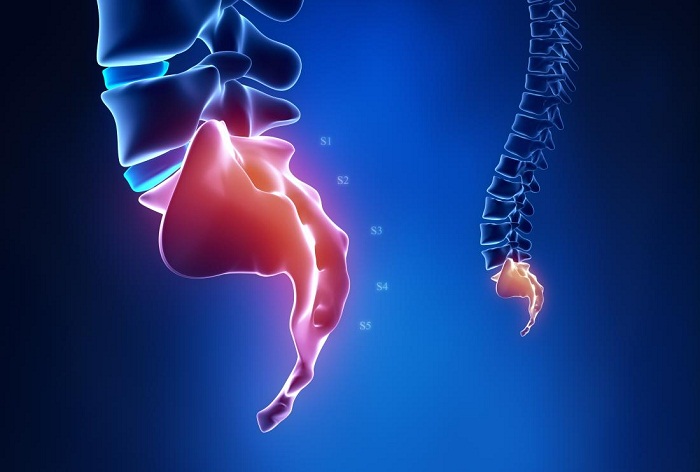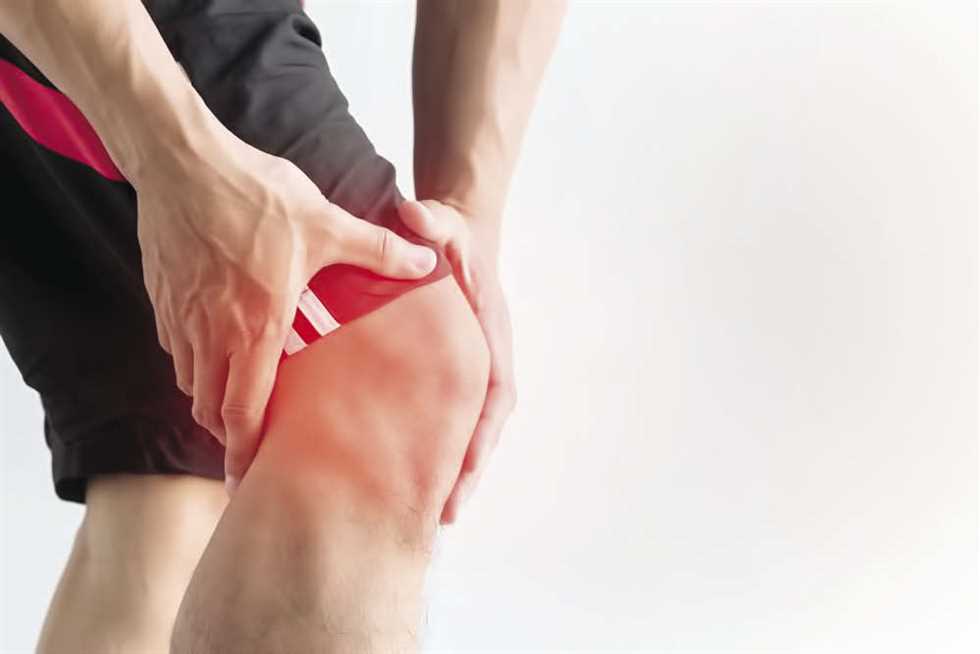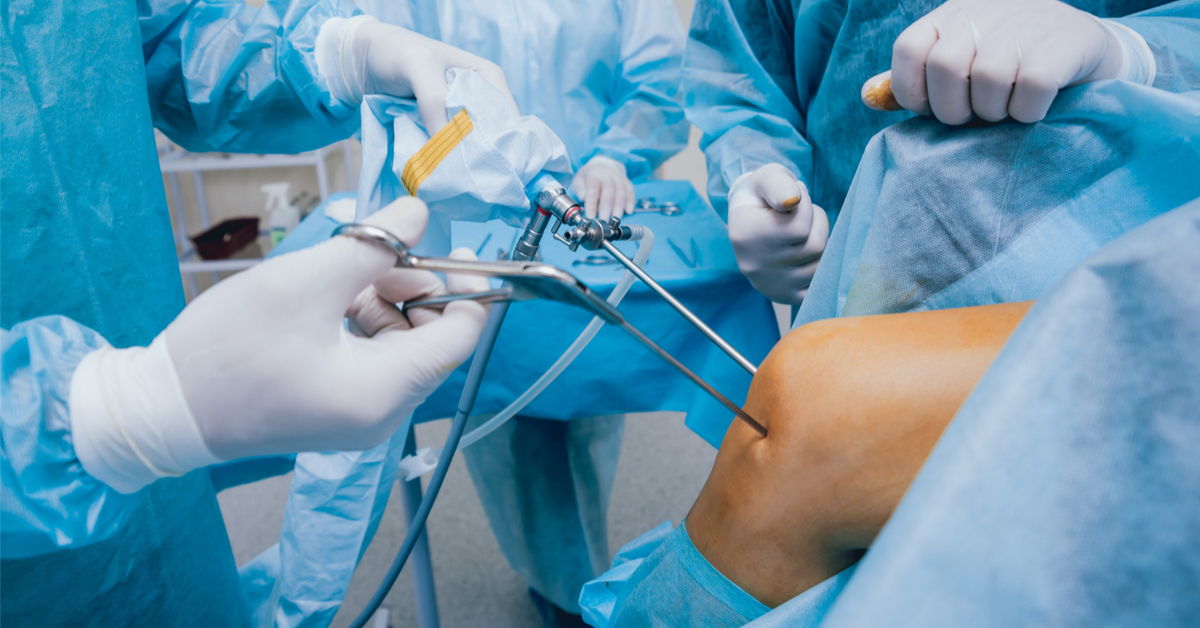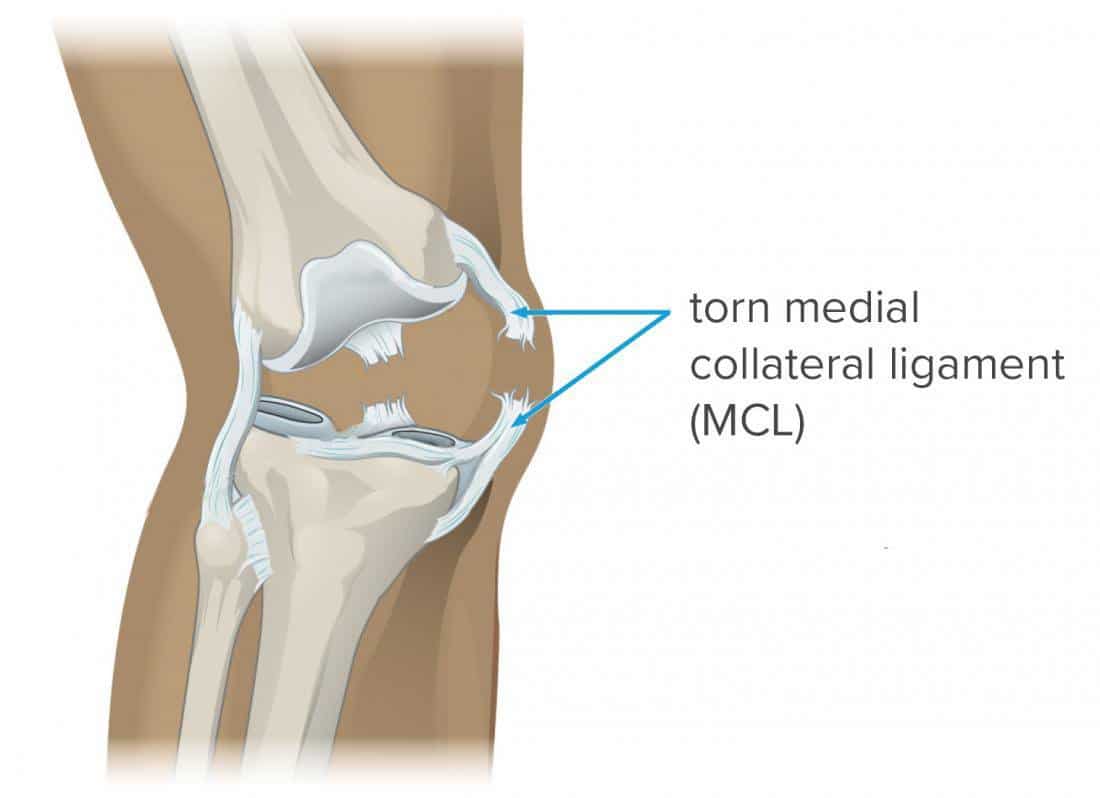Learn about the different types of pelvic joints
Pelvic joint replacement surgery is very important in many cases so the individual needs it to be able to lead his life normally again, in the following article we will learn about the types of joints that are used in this process, so let us read the following.
Types of pelvic joints
The industrial joints that are used in the operations of changing the hip joint are of various types and are divided accordingly into several groups, where they can be classified as partial or total joints according to the part of the joint that needs to be replaced, in addition to being classified according to the materials that go into their manufacture, and each of them is classified according to the following:
Total and partial joints
People who are exposed to severe accidents or who suffer from advanced stages of roughness in the pelvic joint have a complete replacement of the joint, but other people may suffer injuries in one of the bones from which the joint is formed only, and this does not make it in need to replace healthy bones, and this is what led to the need to make total and partial joints to meet all needs:
- Total joints: Total joints are used to treat cases where there is injury and damage to the bones of the entire natural joints, and this makes the surgeon have to change the head of the femur and the pelvic cavity in which it rests.
- Partial joints: they need to be used when damage and shattering of the head of the femur occurs, and this makes it necessary to replace it with another, and the partial joint is divided into two types: one- and two-polar joints.
Types of industrial joints of the pelvis according to the materials they are made of
The artificial joints of the pelvis are manufactured from many materials, including chemical and metallic ones, for example:
- Polyethylene joints: It is one of the most popular chemicals that are used in making the hip joint. It is a material that is very similar to plastic, except that it is more solid and can bear the burden on the joint.
- Cobalt Chrome: It is considered one of the types of artificial hip joints that are made of metal alloys that are very strong and rigid.
- Plastic joints: These joints are distinguished from others in that their surface is very smooth and facilitate the movement of the joint in its cavity without friction that causes the patient to feel pain.
Types of industrial pelvic joints
There are four types of artificial hip joints, and they are classified as follows:
- Metal-on-Polyethylene: The ball is made of metal and the cup is made of polyethylene plastic or has a plastic liner.
- Ceramic-on-Polyethylene: The ball is made of ceramic and the cup is made of polyethylene plastic or has a blademerstic lining.
- Ceramic-on-Ceramic: The ball is made of ceramic and the mug is lined with a ceramic liner.
- Ceramic-on-Metal: The ball is made of ceramic and the mug is lined with a lining of metal.
Types of artificial hip joints
Resorting to the process of installing artificial thigh joints is if the individual’s condition deteriorates exaggeratedly and the lack of any treatment method has a good effect, in addition to that all thigh joints have the same characteristics and the life expectancy of the different types is close as it may last up to fifteen years, and the good type of joints is chosen for the patient according to the extent of his condition and lifestyle development.
The life span of the artificial hip joint
The life span of the hip joint varies from one person to another, but there is no doubt that it has a specific time after which it is necessary to change the joint again, and the validity of the artificial hip joint extends from 15 to 20 years.
Cemented pelvic joint
The cement pelvic joint is considered one of the most common risks that are encountered during the operation to replace the pelvic joint, although it is extremely rare because doctors are ready to avoid this by all means, and despite its seriousness, the cement joint may not be suitable for some people, such as those suffering from osteoporosis and the elderly.
Is hip replacement surgery dangerous?
Hip replacement surgery, like other operations, has a success rate and failure according to many criteria, and the danger in hip replacement surgery is the formation of blood clots in the leg after the surgery, and the situation is very dangerous if those clots move to the lung, heart, or brain, but this matter is Rare.
What are the reasons for hip replacement?
Sometimes resorting to joint replacement surgery is not necessary, as the problem can be treated in many other ways that the doctor may prescribe, but there are cases that require immediate surgery, such as:
- Inability to perform the tasks of daily life normally and face great difficulty in it.
- Feeling severe pain that painkillers are not able to calm down.
- Facing great difficulty sitting or standing due to the severity of the pain that the individual suffers from.
- Having rheumatoid arthritis.
- Osteoarthritis.
- Intensifying pain on a daily basis and not being able to bear it.
What are the recovery stages after pelvic joint surgery?
After the doctor performs the pelvic joint replacement surgery, he must follow the doctor’s instructions well to ensure that no serious complications occur. In the beginning, he must be aware of the stages of recovery that he will go through during that period, such as:
- Day 1 and 2 after the operation: The doctor may allow some people to return to their usual daily diet, in addition to taking oral painkillers to reduce the pain.
- Day 3 after the operation: Three days after the process and ensuring that no severe complications or side effects appear, it is possible for the individual to be discharged from the hospital.
- From day 4 to day 9 after the operation: During this period, the patient’s dependence on painkillers becomes less than before, and during that period he begins to follow the physical therapy program determined by the doctor by prescribing a set of exercises that are safe for the wound and help restore its flexibility.
- From the 10th to the 14th day after the operation: After that period, the doctor removes the stitches, and the individual in that case can take a shower.
- From the 3rd to the 6th week after the operation: the individual begins to recover in a small percentage so that he can perform simple daily activities such as walking without crutches or driving a car.
- From the 10th to the 12th week after the operation: the individual can return to his normal life as before without any obstacles, as he has fully recovered.
How many hours does hip replacement surgery take?
The process of changing the pelvic joint takes time from one to two hours, and this operation is performed under general or spinal anesthesia, and during the operation, the doctor who specializes in surgery will remove the damaged or injured part of the iliac bone and replace it with another artificial joint. After completing the operation, a large bandage is placed on the wound place.
What after the operation to replace the hip joint?
After the patient operates to replace the pelvic joint, he must be aware of many things to avoid any risks to his health, so he must avoid bending forward excessively and not sleeping on the side on which the joint was installed or on the stomach. In the case of sleeping on the other side, he must be careful to put a pillow between the thighs, make the knees apart, not put one leg on the other, and avoid sitting for a long period.
When does walking start after hip replacement?
The patient will be able to start walking exercises 4 to 8 days after the operation as long as he can bear all the weight of the body on the legs without having to exert great difficulty in doing so or suffer from an inability to balance, in addition to that the exercises for climbing stairs can be started after the ability to walk, and the patient may initially use a crutch or walking tools so that he does not stumble during his attempts to move.
How long does an artificial joint live?
The age at which the artificial joints live differs from one person to another according to the extent to which he follows the doctor’s instructions after the operation, and most likely the validity of the joints may last for a period of 15 to 20 years, during which the individual will be able to live his life normally in the artificial joint without feeling any pain that may disturb his life.
How do we maintain an artificial hip joint?
In order to maintain the artificial hip joint, the individual must follow some tips and instructions while doing some things, such as:
- Doing daily business: While the individual is doing his business daily, he must adhere to some things, as he must be careful not to cross the feet or ankles of the feet while sitting or standing, in addition to the need to be careful not to bend the waist and raise the feet away from him.
- While wearing clothes: When the individual puts on his clothes, he must be sitting on a chair or on the edge of the bed, and he must avoid bending, raising the legs, or interrupting them to each other, and some tools can be used while wearing clothes such as elastic shoelaces and a tool that facilitates wearing socks and shoes.
- While sitting: the individual must be keen to change the sitting position that he is in every 30 or 40 minutes and to take care to keep the feet apart for a distance of up to 15 cm, to make sure to extend the feet and knees straight and avoid bending them as much as possible, to sit on a firm seat and to keep the back in Stand upright and avoid sitting on soft seats.
- While sleeping: Care must be taken to avoid sleeping on the side on which the joint was installed for a period of up to 4 to 6 weeks after the operation, and care must be taken to place a pillow between the feet and another between the ankles when sleeping.
- When taking a shower: A chair must be used during the shower and a loofah with a long handle should be used to avoid bending. The bathroom floor must be dry to prevent slipping, and some people can be used to clean places that cannot be reached.
- When climbing the stairs: the individual must start by lifting the healthy foot at the beginning and then use crutches, and the stairs are descended using the foot in which the joint has been replaced and the use of crutches.
Post-hip replacement exercises?
After six weeks of hip replacement surgery, some physiotherapy exercises are then done in order to improve the health of the individual and speed up his recovery, such as:
- Quadruple press exercises: This exercise is done by lying on the back and bending the knee while keeping the other foot extended, and the individual must remain in this state for 5 seconds before doing it again.
- Buttocks exercises: the individual sleeps on his back in order to do this exercise, then raises the buttocks and waits until 5 seconds have passed before relaxing.
- Knee extension exercises: At first, the foot is raised and the knee is extended until it straightens well, and the individual waits for 5 seconds before lowering it.

